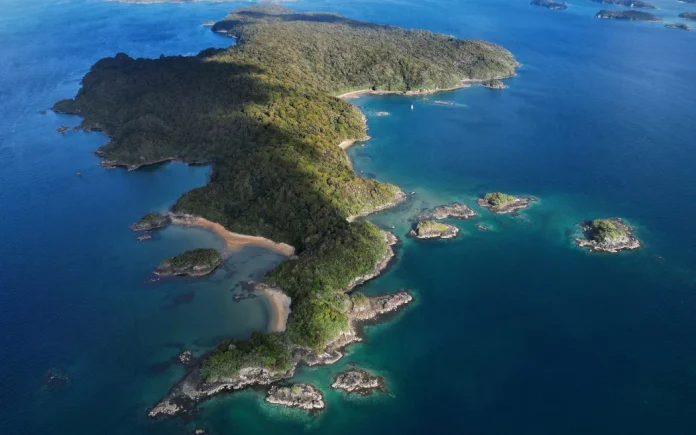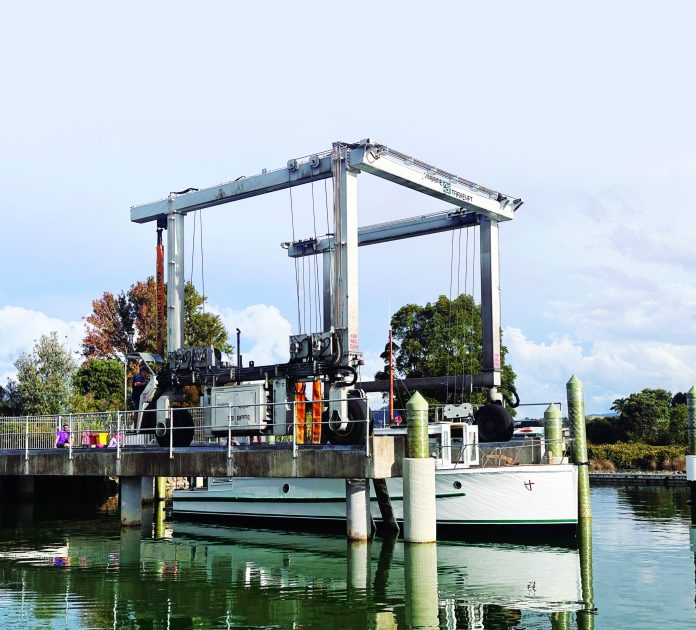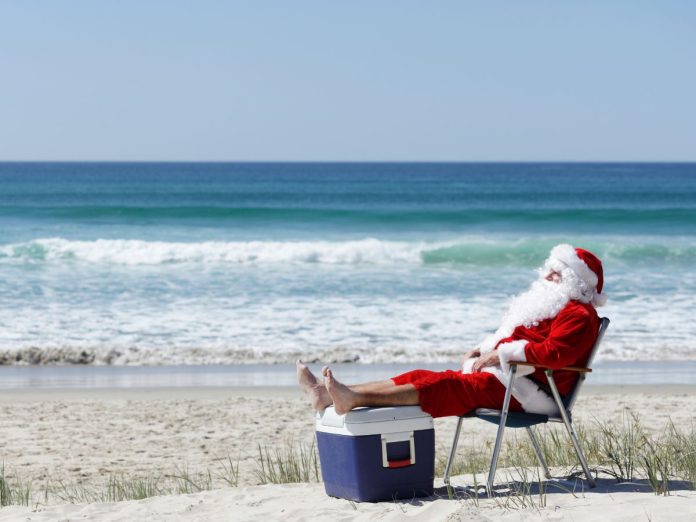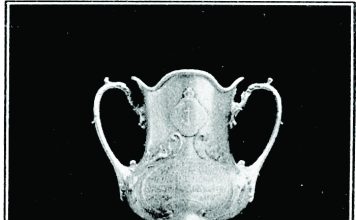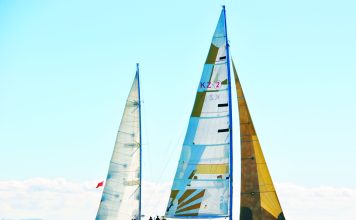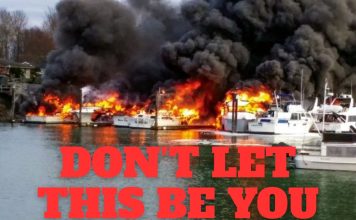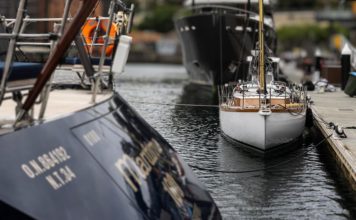[cmsmasters_row][cmsmasters_column data_width=”1/1″][cmsmasters_text]
A look below the waterline can reveal cling-ons that could devastate our marine ecosystems. They’ve also spawned a confusing clutch of local body rules and regulations to fight them. Story by Lindsay Wright.
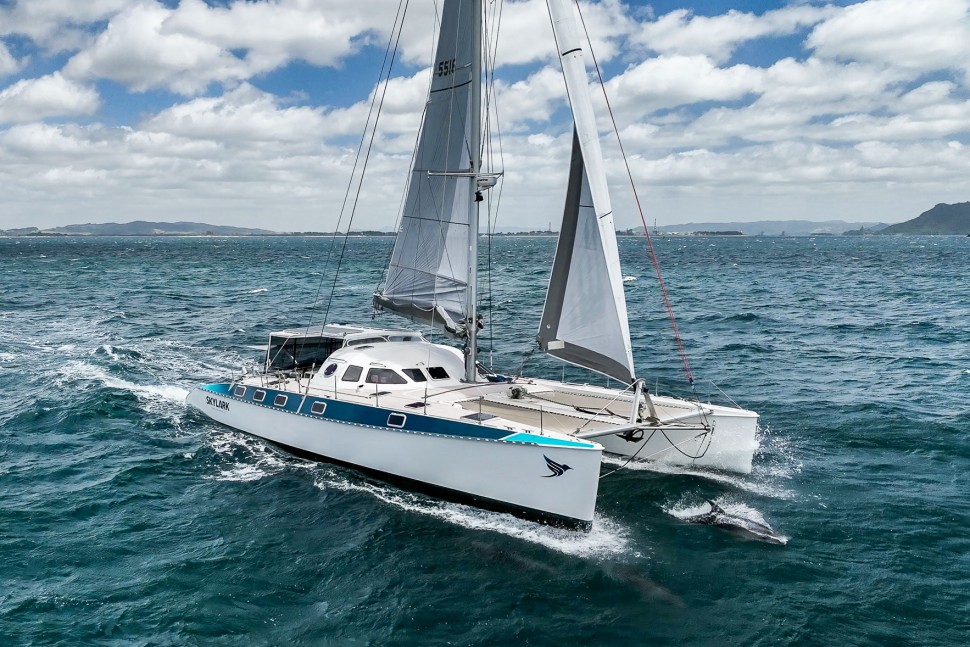
They’re the bane of many boating people and the legions of local body officials tasked with keeping track of them but, as pest invaders go, they have some catchy nomenclature. There’s Mediterranean fanworm (Sabella spallanzanii), Japanese kelp (Undaria pinnatifida) and the much less exotically-named leathery sea squirt (Styela clava) and chances are, if you haven’t cleaned the bottom of your boat lately, you may be taking some of them along on holiday with you.
Keeping your boat’s underwater parts clean can save fuel – and avoid a heap of biosecurity hassles.

Go for a walk around any marina in the Auckland area and almost every underwater piling or pontoon surface will be crowded with the Medusa-like fingers of Mediterranean fanworm. A Belgian sailor once told me that “they should call this Auckland fanworm – I have never seen it like this in the Med.” But in the Med they probably have predators.
Mediterranean fanworm (there is a smaller, native species too) were first noticed in Lyttelton Harbour in May 2006 and MAFBNZ (now MPI) embarked on a $3.6m campaign to eradicate the pest using divers and monitoring sites. In 2009 the programme was extended to cover a small population that had been reported in Auckland’s Viaduct Basin, but further investigation showed that the entire Waitemata Harbour was riddled with fanworm. The eradication programme was stopped in 2011, once the enormity of the task became obvious.
In its inexorable spread through our coastal waterways, the fanworm was soon detected at Marsden Cove Marina and Port Nikau (Whangarei).

Most local bodies have their own regulations to cover travelling boats and it pays to check these beforehand. Some require evidence of recent antifouling or bottom scrubbing; a boatyard haulage receipt or proof of antifouling purchase within a specified period before their visit. Most accept a receipt or certification of a diver’s bottom scrub.
In the boating mecca that is the Far North, much of the enforcement is done under the auspices of the Northland Marine Charter, a consortium of local slipways, marinas, ports and boating people.
At the Bay of Islands marina in Opua, boats are checked by trained staff on arrival and owner/skippers asked to fill out a questionnaire to ascertain the risk of infection. If there’s any doubt the boats can be inspected by divers using snorkels ($40–$80 per hour) or, for larger vessels, the marina website says that teams of three divers can be brought from Auckland ($890 travel each way) and $2700 a day. There are also local dive contractors, some of whom were flat-out at last year’s Bay of Islands Sailing Week scrubbing bottoms. Otherwise, haul-out and scrubbing facilities are close at hand.

The over-riding legislation covering marine biosecurity though, is the Biosecurity Act 1993 which makes it illegal for any person to sell, offer for sale, breed or multiply any marine exclusion pest. No person shall knowingly release or transport marine pests and any person who sees a marine pest – or suspects their presence – is required to report it to the relevant local body or Ministry of Primary Industry (MPI).
But in Northland enforcement is stricter than the actual law requires – any infiltration of marine pests could put paid to the area’s aquaculture and tourist industries.
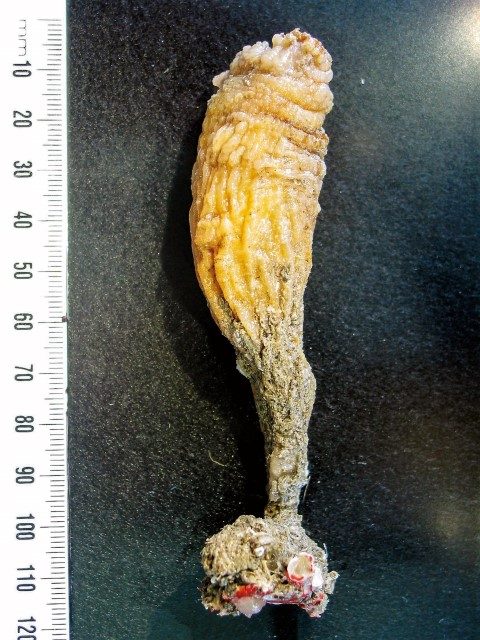 “That’s the law – but our preferred option is to focus on education,” says Kathryn Lister, Northland Regional Council Biosecurity Manager Marine and Strategy.
“That’s the law – but our preferred option is to focus on education,” says Kathryn Lister, Northland Regional Council Biosecurity Manager Marine and Strategy.
“It’s pretty fragmented at the moment, but a discussion document came out in March 2019 aimed at having one nationwide set of rules to cover fouling and pest eradication. That’s our vision. We’ve been working on it for years, so – fingers crossed – it’ll come to fruition soon.
“It’s very difficult to get rid of these things when they’re already here – that’s what biosecurity is – limiting what’s here. Plants and terrestrial pests are normally visible, but we don’t know so much about what’s growing under the sea.”
Meanwhile it pays to check the regulations with the local body at your destination before you go – or keep your boat’s bottom clean.
Another pest weed known to grow round our coast is undaria (Undaria pinnatifida), which is also known as Japanese or Asian kelp and considered a delicacy in some eastern countries. It was first noticed in Wellington Harbour in 1987 and since then has spread around the coastline. It is widespread in Rakiura Stewart Island.
MPI has issued licences to breed the weed (also known as the gorse of the sea) in “selected areas that already have heavy growth of this seaweed.” It is found in the tidal or subtidal zones down to about 15m and, like so many invasive marine pests, is a native of our major trading partners in the NW Pacific.
Another nasty little number inveigling its way into our tidal zone is the leathery sea squirt (Styela clava – or clubbed tunicate). It was first discovered in the Viaduct Basin in October 2005 and shortly afterwards in Lyttelton. It was also found on the bottom of a boat that had sailed from Auckland to Picton and around the Hauraki Gulf and Northland.
It too is a native of the NW Pacific but was spread around the region by increased shipping traffic during the Korean War in the 1950s. It was identified in Australia in 1972 but it took several decades for it to turn up here. Since then the pickle-like pest has made up for lost time – spawning every 24 hours in water over 15-degrees C and competing with other filter feeders for food and space. It’s readily identifiable and plans are afoot to eradicate the unwanted pest.

But this year, out on Aotea Great Barrier island, some 50nm from Auckland, where the locals pride themselves on their pristine coastline, another sea squirt species was found by Auckland Council biosecurity staff doing a regular check of Port Fitzroy.
Clavelina oblonga was likely introduced by unwitting boat people last summer, says Samantha Happy, the Council’s senior biosecurity advisor. “Using the piles at Smokehouse Bay to scrub their boat bottoms. That is now a forbidden activity. Hopefully it’s limited to that one small area and we can nip it in the bud before it becomes widespread.”
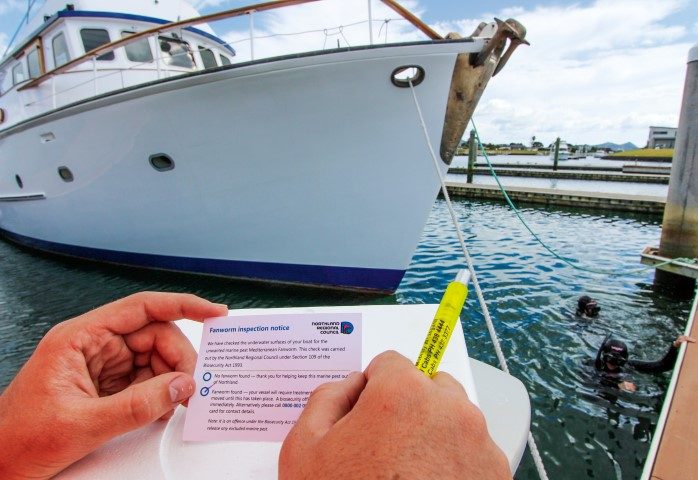
The presence of many of these maritime undesirables are attributable to commercial shipping pumping out ballast tanks en route to load cargo but a protocol forbidding that practice has been applied to the Hauraki Gulf and some other coastal areas.
Auckland Council has pamphlets and source materials which are available from most marina or council offices and outline rules and regulations pertaining to hull cleaning and different standards which must be met in certain areas and excellent illustrated guides with information on the pest species to look out for.
MPI publishes a handy ring-bound and laminated New Zealand Marine Pest ID Guide which is robust enough to withstand shipboard use, rock pooling or beach patrols.
What better holiday activity for the family than to spend time on pest patrol – hunting the several crab and clam species that plague our coastal waters?
Maybe you’ll come across a colony of Chinese mitten crab (similar to our splendidly-named native hairy handed crab) or the voracious Northern Pacific seastar (Asterias amurensis), a maritime Genghis Khan.
It’s our playground so we should be looking after it.
[/cmsmasters_text][/cmsmasters_column][/cmsmasters_row]











